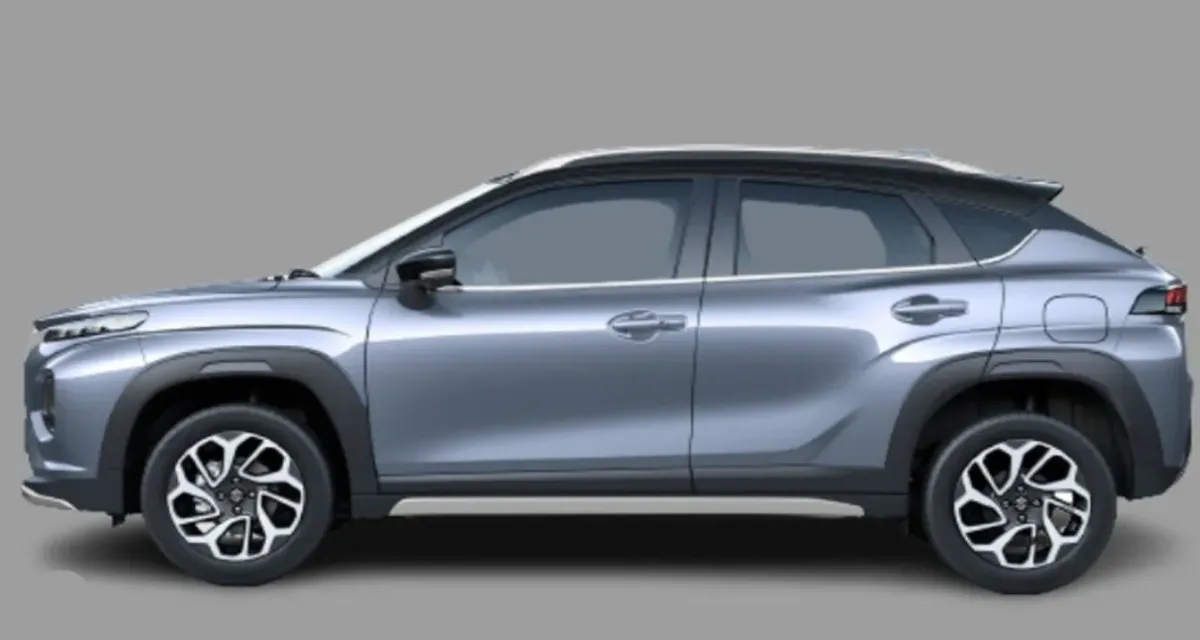

Toyota is unveiling the Taisor today making its comeback to the sub-4 meter SUV/crossover segment. It follows the discontinuation of the Maruti Vitara Brezza-based Urban Cruiser in 2022 and retains the trend of re-engineering Maruti product offerings. The soon-to-be-launched Toyota Taisor, based on the Maruti Fronx, is expected to share most of its components with its Maruti counterpart. Here's a glimpse of what we can expect from the rebranded Fronx.
The recent teaser showcases several design elements of the Taisor that hint at its close resemblance to the Fronx. Some important features include a honeycomb mesh grille, sleek LED DRLs, and bi-LED projector headlights mirroring the Fronx design. The front and rear bumpers, bonnet scoop, tailgate shape, and vehicle silhouette are expected to be reminiscent of the Fronx. Also, the Taisor might feature distinctive taillights with a connected LED strip at the center, while varied alloy wheel designs could provide a unique touch. Overall, the Taisor is likely to closely resemble the Fronx, almost as a twin model.
Given its Maruti lineage, the Taisor is also expected to replicate the interior layout and feature set of the Fronx. We can expect several features such as a 9-inch infotainment system with wireless Android Auto and Apple CarPlay, a wireless phone charger, a head-up display, a 360-degree camera, connected technology, Arkamys music system, and automatic climate control. Safety provisions are likely to encompass six airbags, ESP as a standard feature, hill-hold assist control, three-point seat belts, ISOFIX child seat mounts, and more.
The Taisor is projected to offer the 1.2-litre naturally petrol engine and the 1-litre turbo petrol engine available in the Fronx. The primary powertrain is expected to be the 1.2-litre variant generating 89 bhp and 113 Nm torque, paired with a 5-speed manual gearbox and an AMT transmission. Estimated ARAI figures for the Taisor suggest a mileage of around 21.79 kmpl for the manual variant and 22.89 kmpl for the AMT version. For enhanced performance, the 1.0-litre Boosterjet turbo petrol engine could be an option, delivering 99 bhp and 147.6 Nm torque with a 5-speed manual or a 6-speed automatic transmission equipped with paddle shifters. Expected fuel efficiency stands at approximately 21.5 kmpl for the manual variant and 20.01 kmpl for the automatic version.
Also Read: 1. Honda Cars India registered monthly domestic sales of 7,071 units in March 2024 2. Will the Electric car era in India die before it begins? 3. New Greener India Goal: No Diesel only Petrol Cars in India